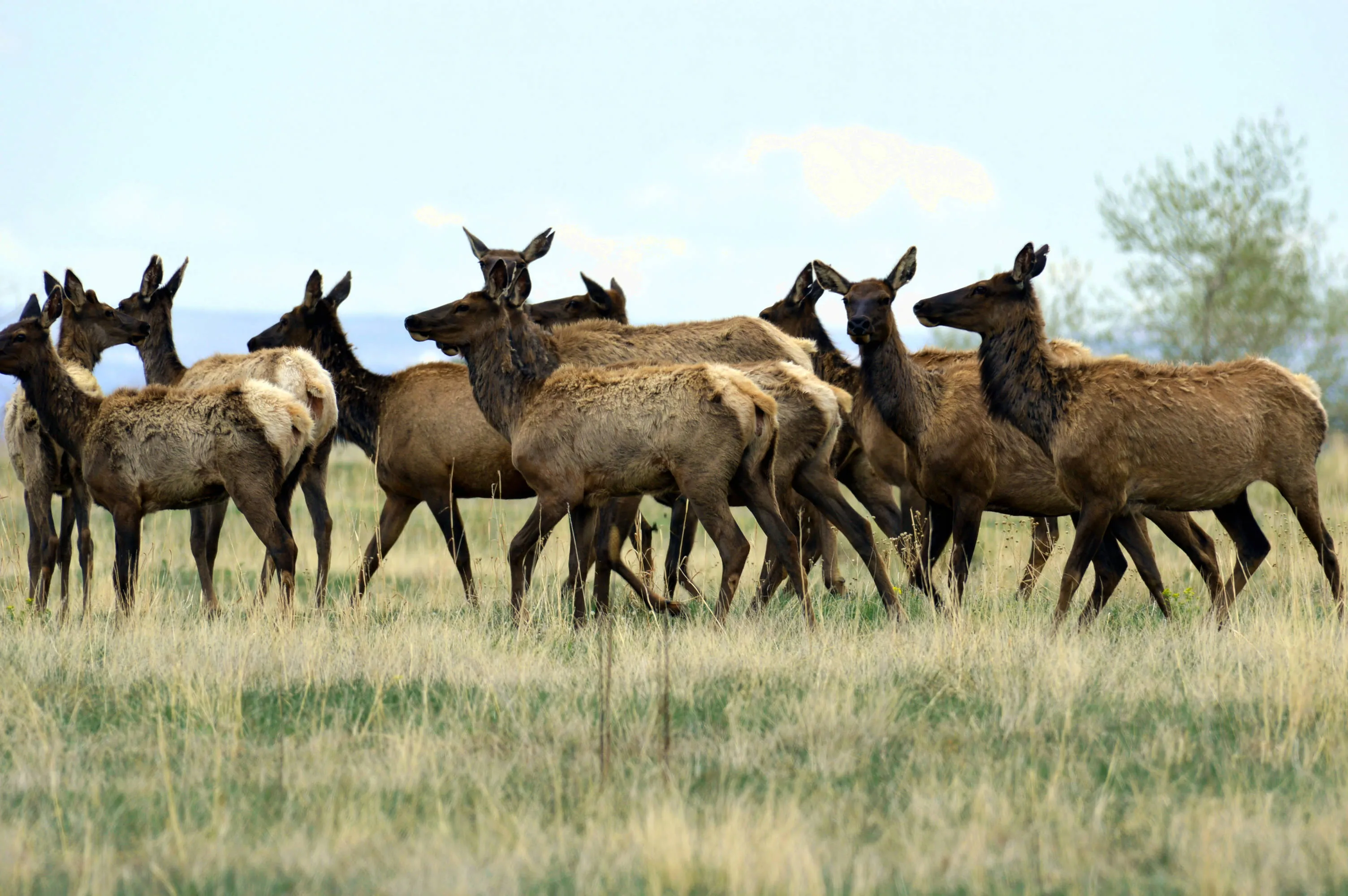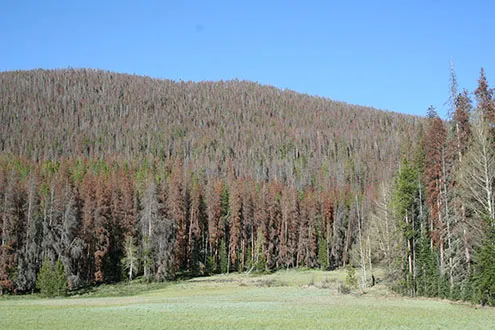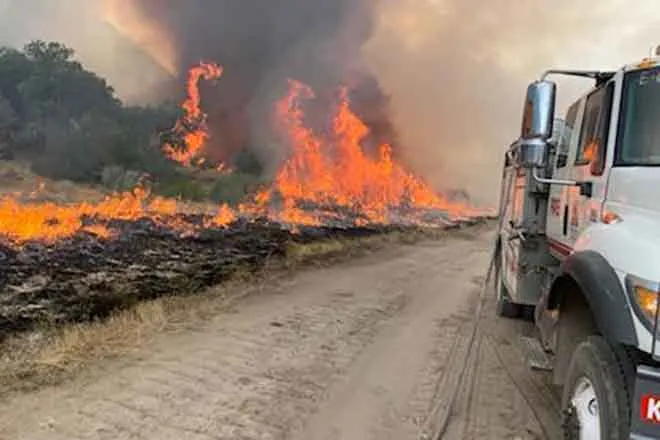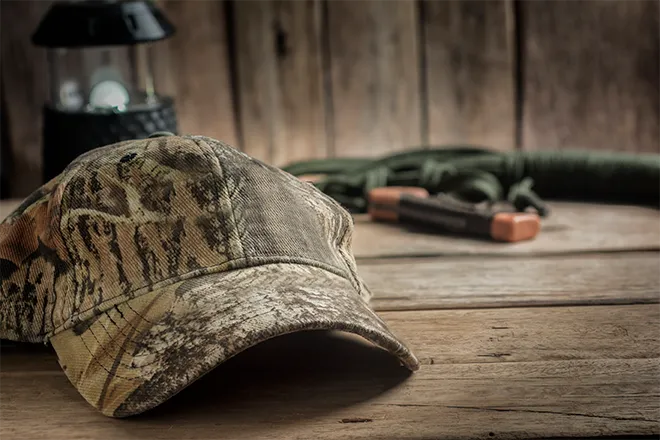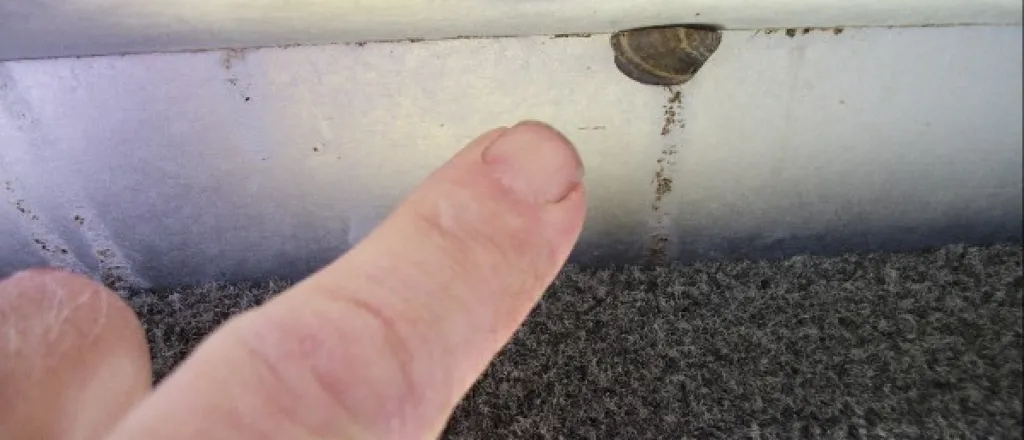
Monitoring finds Evidence of Quagga Mussel Larvae in Green Mountain Reservoir
State and federal officials have confirmed the presence of invasive quagga mussel larvae, known as veligers, in Green Mountain Reservoir located in Summit County along Hwy 9 between Silverthorne and Kremmling.
On August 18, as part of a state and federal initiative to monitor aquatic nuisance species in the state, specialists with the Bureau of Reclamation first confirmed the presence of the veligers, initially through microscopic analysis followed by DNA testing. An independent laboratory contracted by Colorado Parks and Wildlife confirmed Reclamation's findings. It is unknown if the veligers were dead or alive at the time of detection.
CPW immediately increased monitoring of the reservoir for all life stages of quagga mussels. Through a partnership with the Denver Aquarium, CPW’s volunteer ANS scientific scuba dive team surveyed the reservoir last Friday and did not find any evidence of invasive mussels. No adult zebra or quagga mussels have ever been found in Green Mountain Reservoir or anywhere in the state of Colorado, although eight different reservoirs in Colorado have been temporarily suspect or positive for mussel veligers since 2008.
"Although this is very troubling, it's important to keep in mind that the reservoir is not considered infested, a designation given only to bodies of water that have extensive and reproducing adult populations," said Elizabeth Brown, invasive species coordinator for CPW. "At this point, Green Mountain Reservoir is only considered 'suspect,' not positive. A body of water can be considered 'positive' only after a second independent specimen collection is obtained and the genetics confirmed by two independent laboratories, which has not yet occurred."
Officials are most concerned about the possibility that the presence of veligers could eventually lead to a major infestation. This would put the reservoir's hydroelectric power generation, water quality, drinking water delivery and recreation at risk.
"This is an unfortunate discovery, and something we have been working very hard to prevent," said CPW Director Bob Broscheid. "It shows why we need a robust inspection program. As more and more people move to or visit Colorado and use our water resources for boating, we must continue to work hard to prevent the spread of these harmful invasive species. We cannot overstate how serious this is."
All ballast boats, inboard and inboard/outboard engines must have a green seal in between launches or decontamination may take place prior to launching. Boaters are encouraged to inspect their own boat between every use and make sure it is clean, drained, and dry.
The State of Colorado requires boats to be professionally inspected if:
- a boat has been in any body of water that is positive, or suspect for ANS
- a boat has been in any body of water outside of Colorado
- a boat will be entering any water body where inspections are required
Officials are unsure how the veligers entered the water but suspect a boat that visited an infested body of water in another state may have become contaminated, then launching illegally into Green Mountain Reservoir.
"This situation demonstrates the importance of following the law and going through the required inspection and decontamination process upon entering and exiting bodies of water," said Reid DeWalt, Assistant Director Wildlife and Natural Resources with CPW. "We could face the possibility of a very harmful infestation that could cause severe damage to the reservoir and its infrastructure."
The watercraft inspection and decontamination station at Green Mountain Reservoir is operated by the Heeney Marina and funded by a partnership between CPW and the U.S.Forest Service. The station has now begun implementing containment protocols which means that every boat has to be inspected when exiting the reservoir and will be issued a seal and blue receipt. If a boater leaving Green Mountain Reservoir intends to launch in a different water body, their boat must be decontaminated before launching by a certified professional.
Cooperation with Colorado’s mandatory inspection and decontamination program has proven successful to stop the movement of harmful invasive species, such as quagga mussels, into new waters. Public awareness and participation is the best weapon in the prevention of invasive species. Invasive mussels severely endanger our water supply for drinking water, hydropower, agriculture, recreation and natural resources.
"It is everyone’s responsibility to take care of our natural resources," said Karn Stiegelmeier, Summit County Commissioner. "This news is certainly difficult to hear with the amount of effort and diligence we have put into the ANS program on the reservoir. We will continue working alongside our partners to make sure we educate residents and visitors of the importance of decontamination of boats before and after they are on a body of water. This can be prevented, but we need everyone’s participation."
Boaters are reminded to take the simple precaution of making sure that they clean, drain, and dry their boat every time they go boating. Due to financial constraints the state does not have additional inspectors that can be sent to assist with boat inspections at Green Mountain. Going into a holiday weekend state and federal officials are asking for the public’s help to prevent invasive species.
"We know this is an extra step for those who have come out to enjoy recreating on the lake, but staying vigilant has proven to be effective throughout Colorado," said JT Romatzke, NW Region Manager with CPW. “We need to make sure we are balancing our recreation with the integrity of our water resources.”
Pictured - invasive mussel on a boat. Photo courtesy Colorado Parks and Wildlife


